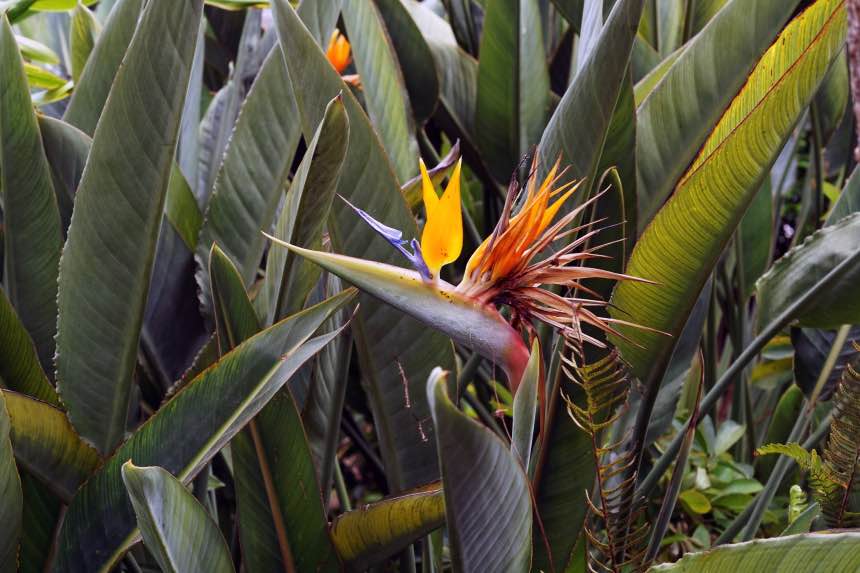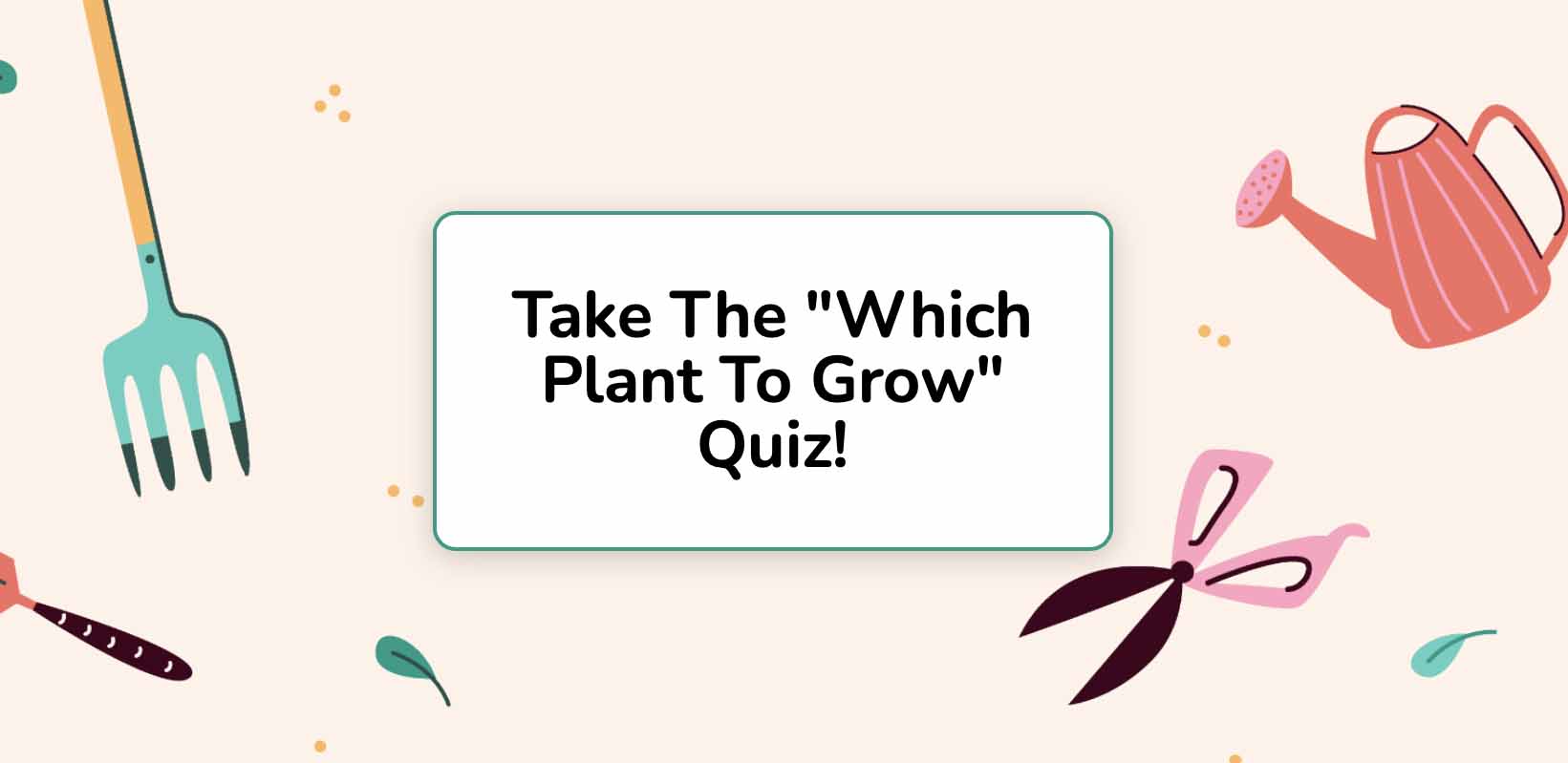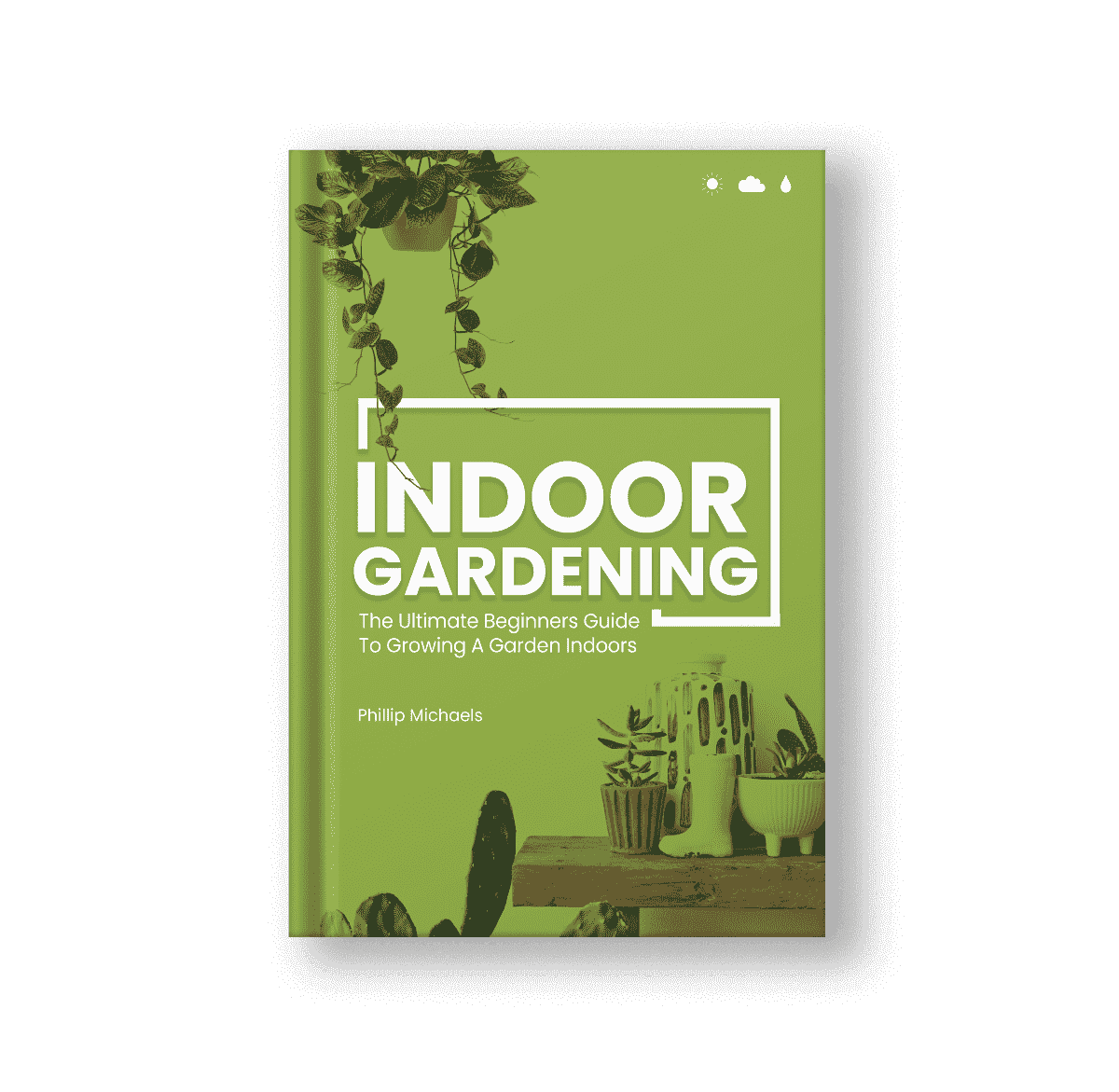With its distinctive avian-like flowers, Bird of Paradise is one of the most attractive and eye-catching plants on the market. Though a bit large for cramped apartments, they are a lovely addition to any home with the space to accommodate them. Of course, like all plants, they need the perfect conditions to thrive, especially if you want those unique blooms to sprout throughout the year. Check out our indoor Bird of Paradise Care Guide to ensure you’re giving this gorgeous plant everything it needs.
Bird Of Paradise Quick Care Guide
- There are several varieties to choose from, start with one of the two that are best for indoor growth.
- This plant needs a good deal of sun, roughly 4-6 hours per day. Lack of sunlight will lead to decreased chances of blooms.
- Keep them slightly root-bound and opt to increase their container size every 1-2 years until they reach their mature height.
- Water and feed regularly during the spring/summer and a little less in the fall/winter.
- Overall, this plant is fairly easy to grow and an easy way to add a striking plant to your home.
Varieties
A native of southern Africa, Bird of Paradise has an exotic look, including fan-like blue or green leaf clusters and bright-colored flowers that resemble a bird’s head. There are five varieties to pick from, though some grow far too large to be suitable for an indoor garden.
Strelitzia Caudata, Strelitzia Alba, and sSrelitzia Nicolai grow 20 feet tall or higher, so they are best grown outside. For an indoor plant, Strelitzia Juncea and Strelitzia Reginae top out at about 6 feet, though pruning can maintain a smaller size when needed. That’s still a large plant, but significantly smaller than the other varieties and much more manageable for an indoor garden.
Soil/Container
A Bird of Paradise isn’t overly picky about its soil, though it prefers a mix that doesn’t retain too much moisture. A rich, well-draining potting is best, most commercially available soil mixes will suffice. You can also use a compost mixture to ensure a healthy supply of nutrients.
As for the container, it’s best to choose one that is only about 12 inches in width and depth for small plants. Bird of Paradise prefers to be somewhat rootbound, so giving it too much space will hinder its blooms. The container should have at least a couple of drainage holes in the bottom to release excess moisture.
This will work to start, but be prepared to increase the size of your container every 1-2 years. This ensures that you maintain the cozy home your plant needs while giving it increased room to grow as needed.
Light/Growing Conditions
Bright light is a necessity for a Bird of Paradise plant. It requires four to six hours of sunlight each day to encourage blooming. This plant even enjoys some direct sunlight, though not the hot midday sun, since the harsh rays could scorch young leaves.
A south-facing window is optimal, but an east- or west-facing window can also give this plant the light it needs. You can even move the plant outdoors in the summer to an area with partial shade to ensure it’s getting the proper light.
For those grown in a south-facing window, a light curtain can be used during the hottest part of the day to prevent sun damage. This helps block some of the more intense rays of the sun and keeps it from burning out your plant.
Water/Feeding
Bird of Paradise plants don’t like to be overly dry, but they also hate too much moisture. After watering, leave the plant alone until the top two inches of soil are dry before adding more. You can reduce how often you water over the fall and let the soil dry almost completely during the winter. Then in spring, resume the more frequent watering schedule.
Like other plants, Bird of Paradise needs fertilizer occasionally to maintain healthy growth. A balanced water-soluble fertilizer should be used every two weeks during the plant’s growing season. During the cool fall and winter months, reduce the frequency to about once each month. When the plant reaches its full height, reduce how often you add fertilizer. Doing so will encourage more blooms rather than plant growth.
Temperature/Humidity
As a native of the subtropical regions of Africa, Bird of Paradise is used to warm temperatures and doesn’t do well in the cold. Though it can handle temperatures of about 60 degrees F, keeping it at 70 degrees F or higher is best.
High humidity is also essential for a Bird of Paradise to thrive. You don’t have to keep your entire home too damp, though. Place a small humidifier near the plant or mist the leaves whenever the air in your home gets too dry. You can also check out our guide for more humidity-boosting tips.
Design Tips
The bird of paradise is a striking plant and one that certainly makes a statement. Its flowers come in a range of colors with hints of yellow, red, orange, blue, and green. This variety can make it difficult to design with, but also opens up the doors for creativity. Play to the plant’s strengths, and size, and use it to decorate a corner or other drab area of your home. Or, place it in a focal point and watch as the eye is drawn to the bright, vibrant colors of the plant.
Pruning
A Bird of Paradise doesn’t need pruning unless you’re trying to keep it at a specific size. Its gorgeous flowers last for about three weeks and then drop on their own, so you don’t need to tamper with them. Any leaves that begin to die can be gently pulled or trimmed away when needed.
Extra Care Tips
Bird of Paradise plants prefers smaller pots as they grow to keep them somewhat rootbound. This doesn’t mean the plant should remain in a tiny pot during its growth cycle, though. For the first few years, repot it in a container one size up every spring. Once it has reached maturity, you can leave it in its latest pot to allow the roots to bunch up. Doing so encourages more frequent blooms.
If your Bird of Paradise requires extra care, the leaves will let you know. If they begin to wilt or turn brown, the cause is likely root rot from overwatering. Curling leaves are a sign the plant is dehydrated and requires more frequent watering. A few factors could cause yellow leaves, including insufficient humidity, a lack of nutrients, or dehydration. If the leaves begin to crack or break, they are too large and may need to be trimmed away.
Bird Of Paradise Care Guide
There are few plants as distinctive and gorgeous as the Bird of Paradise. Despite its tropical origins, its care is simple, provided you can give the plant the light and moisture levels it requires. Even beginner gardeners can have a thriving plant to show off to any visitors to their home.
Frequently Asked Questions
How fast does a Bird of Paradise Grow?
A Bird of Paradise can grow between 1 and 2 feet per year, depending on the species. An indoor plant could take up to 5 years for it to reach maturity.
What pests are a threat to the Bird of Paradise?
Pests to watch for with a Bird of Paradise include scale, spider mites, mealy bugs, aphids, and whiteflies. Wiping the tops and bottoms of the leaves with a damp cloth and insecticidal soap can remove any bugs living off the plant.
How to propagate a Bird of Paradise?
You can propagate a mature Bird of Paradise using division. To do so, use a clean knife to sever a piece of the rhizome. Sprinkle the cuts with rooting hormone and plant each one in a clean pot of high-quality potting soil. Wait a few days before watering to give the new cut time to heal.
How Do You Get a Bird Of Paradise To Bloom?
The most important aspect for blooming is adequate sunlight. Aim for 4-6 hours of sunlight per day to encourage blooms. Outside of that, make sure you’re watering and feeding your plant regularly to provide it with the nutrients it needs.








